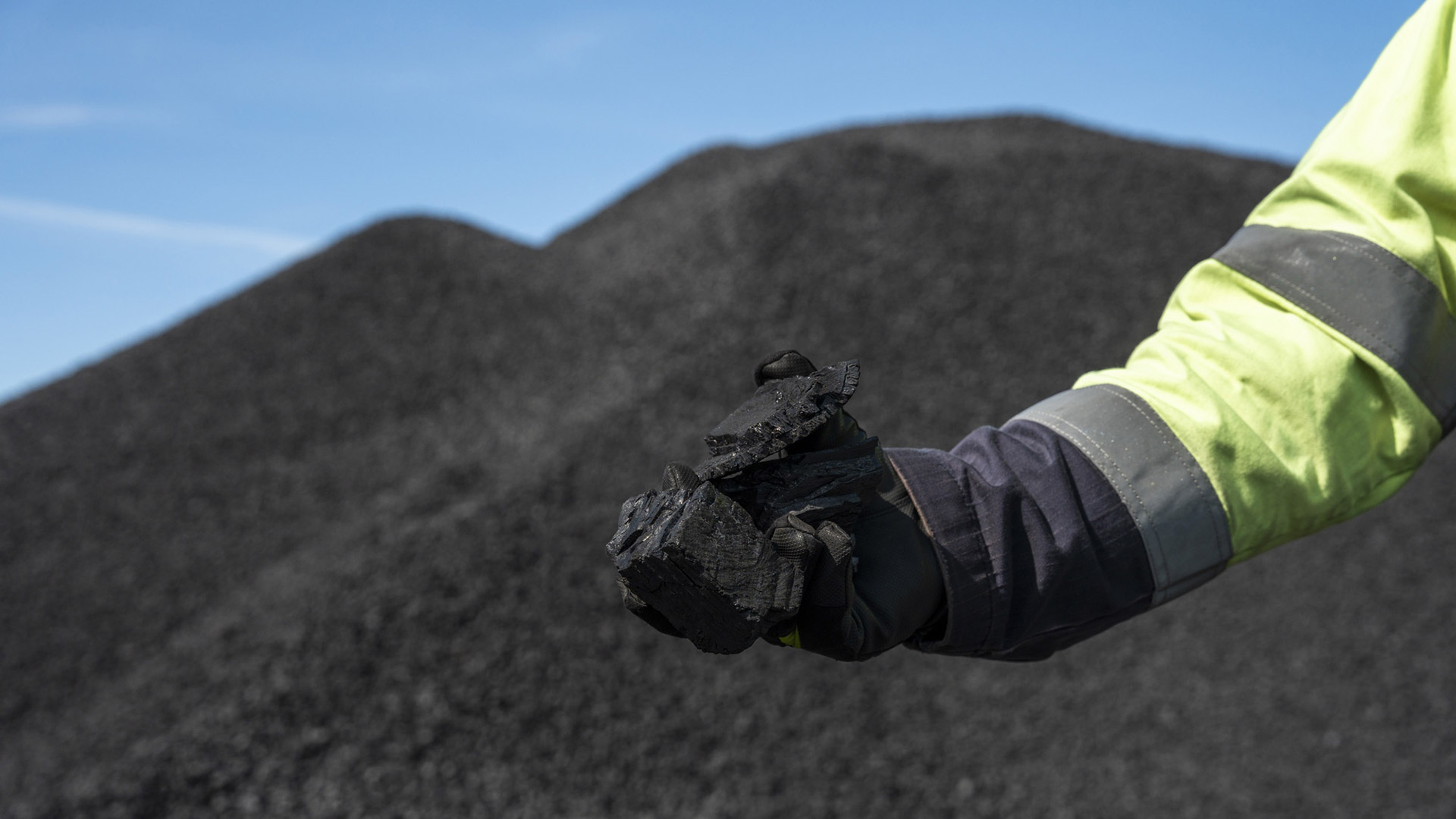We are committed to producing sustainable metals in a responsible way, especially regarding our contribution to the world’s energy transition.
Eramet Norway has set specific, measurable goals to reduce its carbon footprint. By 2030, the company aims to cut CO₂ emissions by 43% compared to 2005, and by 80% by 2050.
These goals are aligned with the Eramet group’s overarching commitment to reduce Scope 1 and 2 emissions by 40% by 2035, compared to 2019.
Innovative solutions for emissions reduction
-
Carbon Capture and Storage (CCS): A pilot facility for carbon capture and storage at the Sauda plant will capture CO₂ emissions, with plans for full-scale implementation by 2035. The pilot facility is supported by ENOVA and will begin operations in 2025. Simultaneously, project development for full-scale capture and storage is underway.
-
Recycling and recovering heat gases from furnaces: The gas emitted from the pyrometallurgical furnaces represents a significant energy source. The plant in Kvinesdal recovers furnace gas in its thermal power plant, which also supplies a fish farming facility with thermal energy in the form of hot water. In Sauda, a full-scale energy recovery plant has now been installed and will be ramped up to full operation by 2025. This plant also supplies large amounts of district heating for public buildings, sports facilities, and local town center streets.


- Pioneering collaboration on furnace gas utilization: In the fall of 2024, we launched a collaboration with the company LanzaTech to use furnace gas for ethanol production in Porsgrunn. The project will also lead to a significant reduction in our climate emissions.
- Maximizing efficiency: Energy efficiency and recovery are central to Eramet Norway’s operations. In 2024, the company recovered 700 GWh of energy, equivalent to the annual electricity consumption of one smelter. Renewable hydroelectric power drives production, while innovative projects like the energy recovery facility at Sauda, set to launch in 2025, enhance sustainability.
- Biocarbon transition: The company is replacing fossil-based reducing agents with biocarbon, a renewable alternative that significantly lowers carbon emissions in alloys production.
